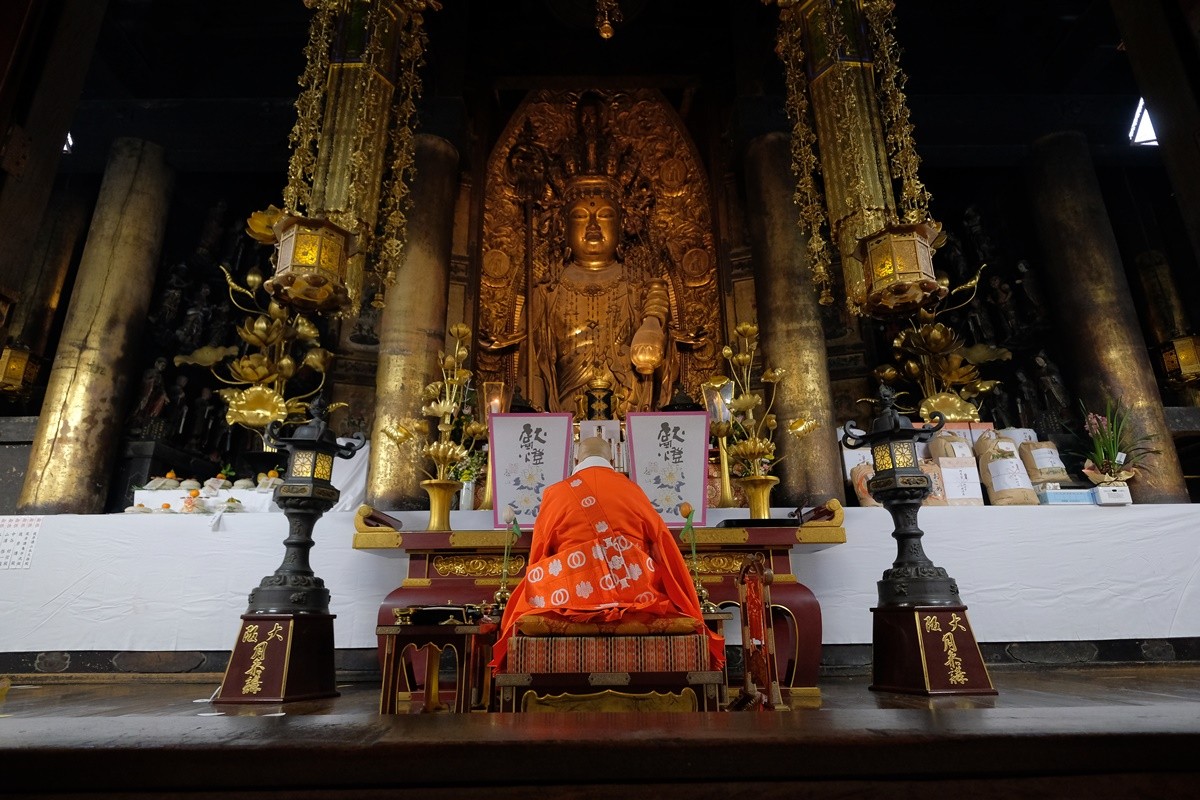
Hasedera Temple in Sakurai City, Nara, is the main temple of the Shingon Buddhism sect, Toyoyama school. You can see the main hall which is a National Treasure, buildings of an important cultural asset, and the largest wooden statue in Japan, the “11-headed statue of Kannon". In addition, the scenery of flowers and trees in full bloom in the temple grounds each season makes it a beautiful spot.
Hasedera Temple in Nara, Japan

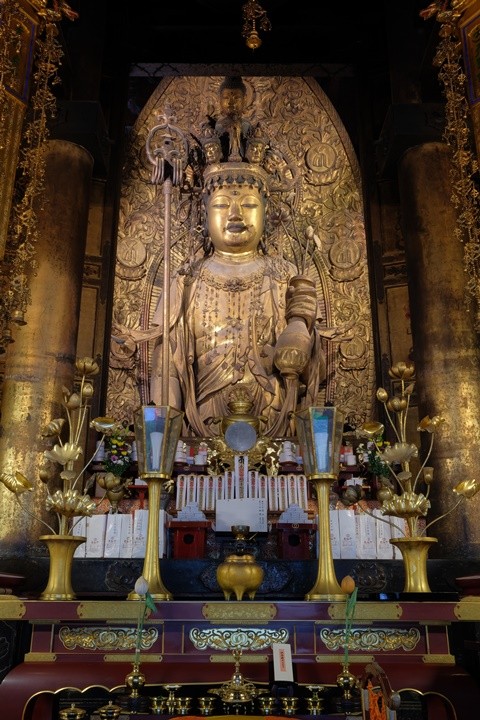
Hasedera Temple in Sakurai City, Nara, is the main temple of the Shingon Buddhism sect, Toyoyama School. You can see amazingly structured buildings which have been designated as national treasures and precious assets, such as the main hall which stands on the slope of Mt Hase, deep in the valley, and the staircase-like corridor called "Noborirou" leading from the "Niou-mon Gate”.
In addition, the main object of worship enshrined there, the "Eleven-headed Statue of Kannon" , stands over 10 metres in height and deeply greets worshippers with compassion. Hasedera Temple, where many monks engage in training, has a solemn atmosphere. Every morning training takes place at the temple and you can join them. It is a place where you can experience the Buddhist atmosphere by chanting.
The Highlight of Hasedera Temple, Nara.
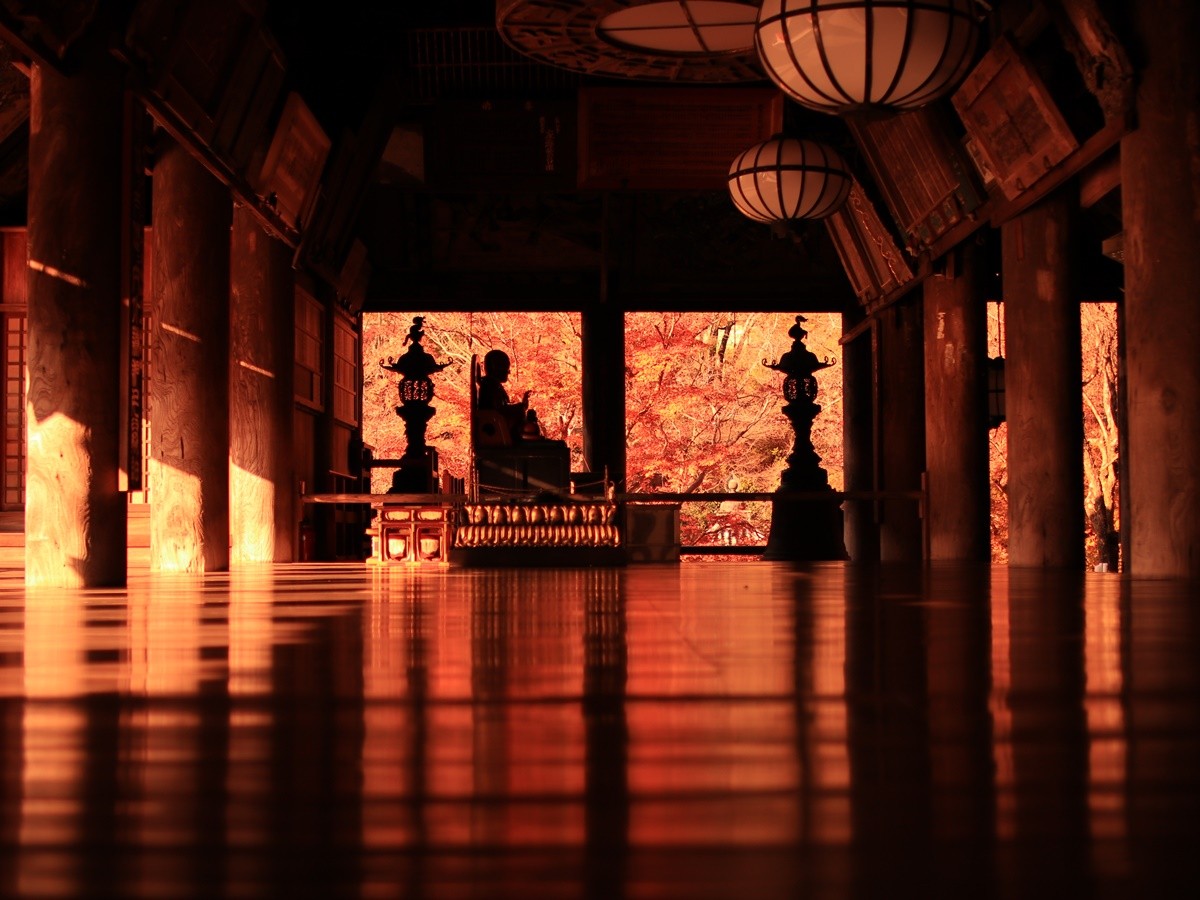

The highlight of Hasedera Temple is its historical precious buildings and Buddhist statues. Norborirou is an impressive corridor with 399 stairs and where you can enjoy the view which is in harmony with the scenery of the four seasons. The “11-headed statue of Kannon”, an important cultural asset, is the biggest wooden Buddha statue in Japan. It is a rare opportunity to come during special visiting periods and touch the statue foot directly. We recommend looking from the stage in the main hall as it has a beautiful view of the surrounding mountains.
The Peony at Hasedera Temple
Throughout the year flowers and trees are in full bloom in the temple grounds. Being famous for Peony, you can see a lot of Peony between the beginning of April and the beginning of May. The Peony Festival is held annually and the temple is bustling with people during this period.
We recommend the autumn and winter scenery at Hasedera Temple
Beautiful autumn leaves colour the grounds in the autumn at Hasedera. The "Momiji Festival" is held in autumn. You can enjoy seasonal scenery such as the Winter Peony and snow scenery in winter
Hasedera Temple Usage Guide
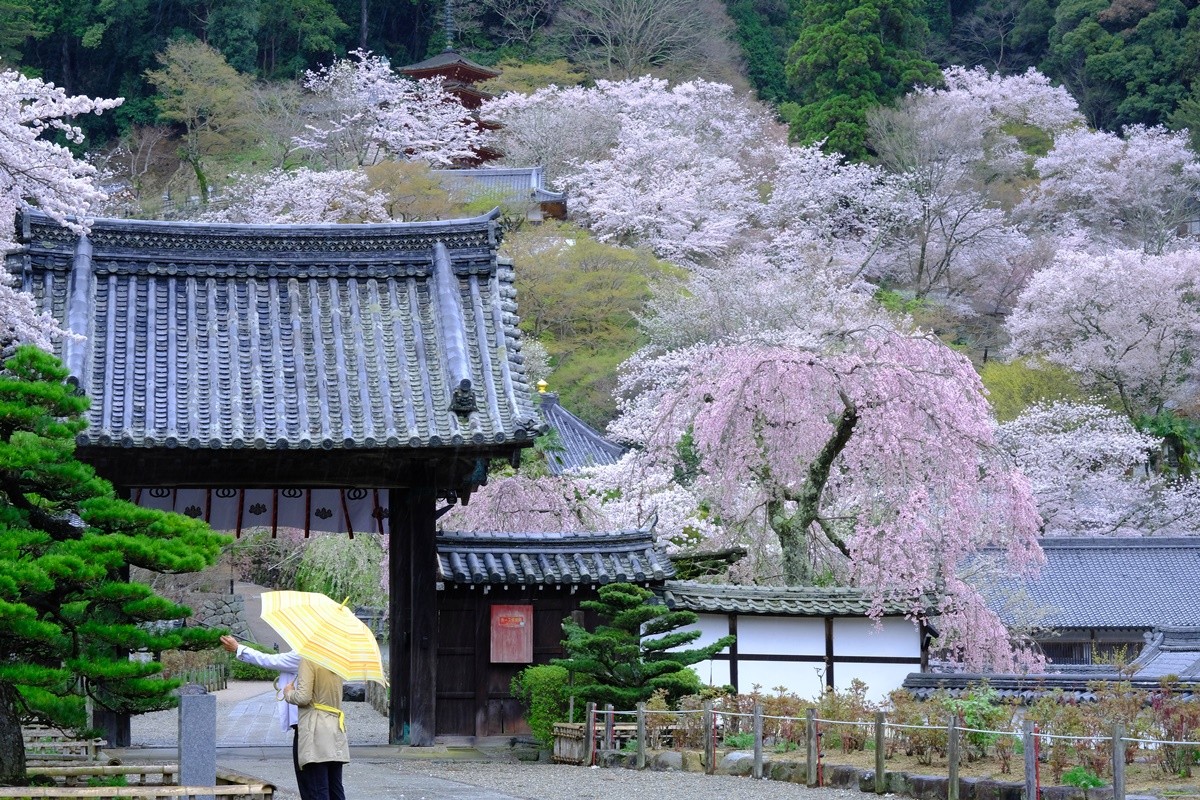
Opening hours at Hasedera Temple in Nara are from April 8 - September 8:30 - 17:00, October - November, March 9:00- 17:00, and December 9:00 to 16:30. It is open longer during special events such as the Peony Festival. The admission fee is 500yen for adults (junior high school students and older) and 250yen for primary school students.
Access to Hasedera Temple, Nara.

To access Hasedera from Tokyo, take the Japan Bullet Train to Kyoto Station. From Kyoto Station take Kintetsu Kyoto line to Yamato-Yagi Station and change to the Kintetsu Osaka line to Kintetsu Hasedera Station and walk for about 15 minutes.
Spot Information
- Spot name: Hasedera Temple
- Street Address:731-1, Hase, Sakurai City, Nara Prefecture 633-0112
- Access: 15 minutes on foot from Kintetsu Hasedera Station
- Wi-Fi: Available
- Signboards with QR codes are set in various places that open explanation sites with five languages (English, Korean, Chinese Traditional, Chinese Simplified, French).
- Ticket: Ticket locket
- Credit cards:No Credit cards accepted

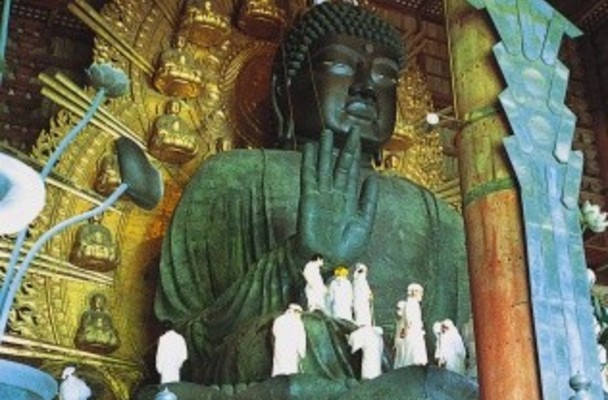
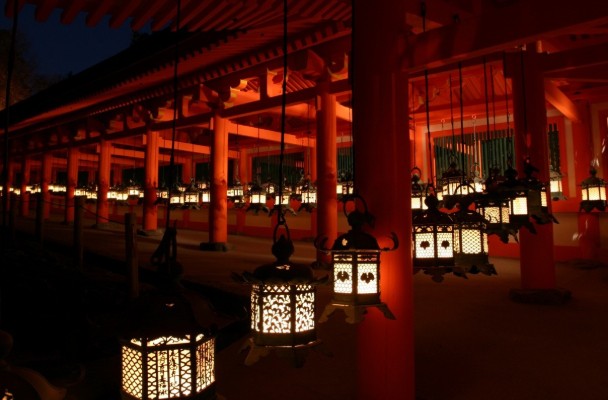
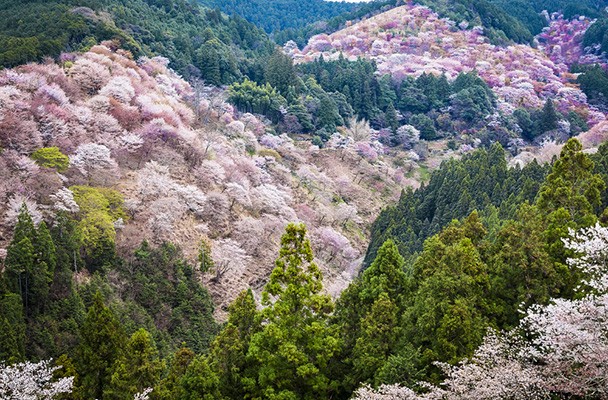
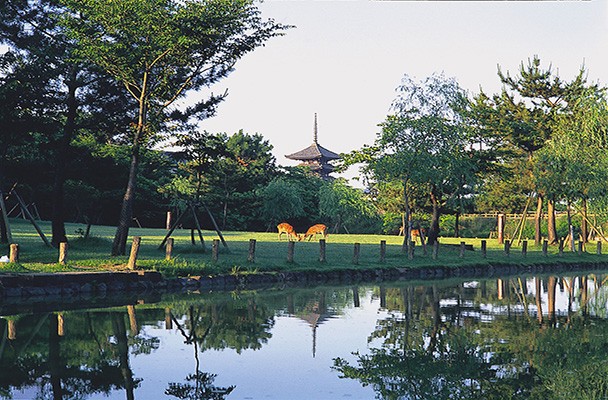
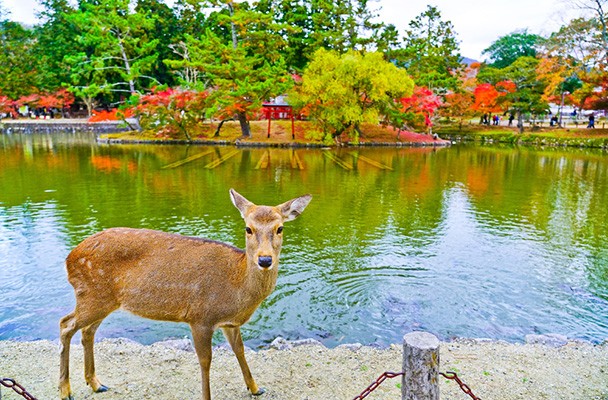
Comments